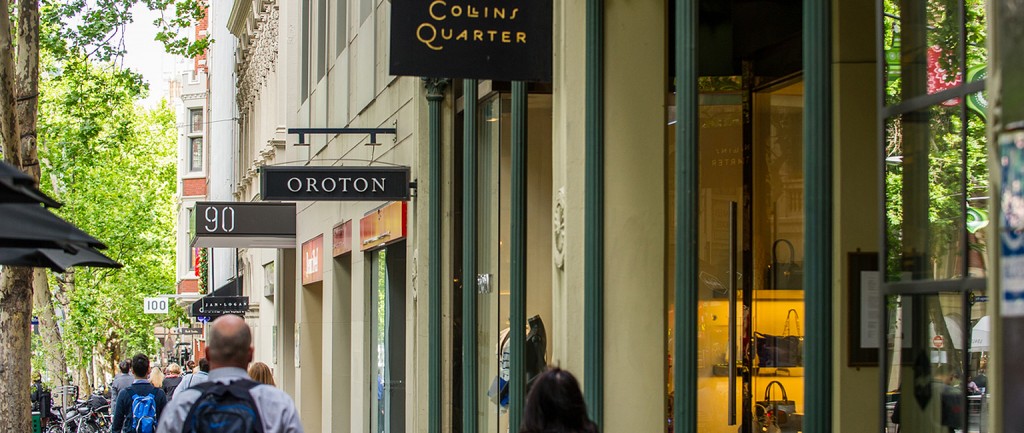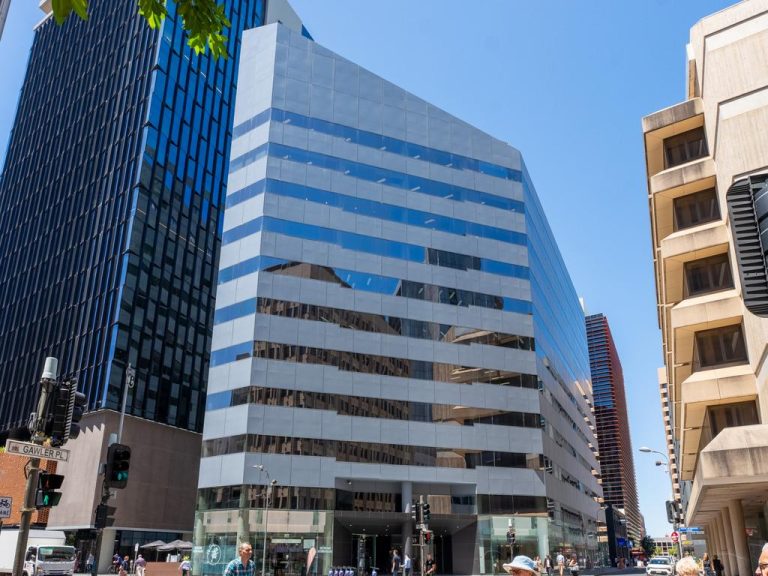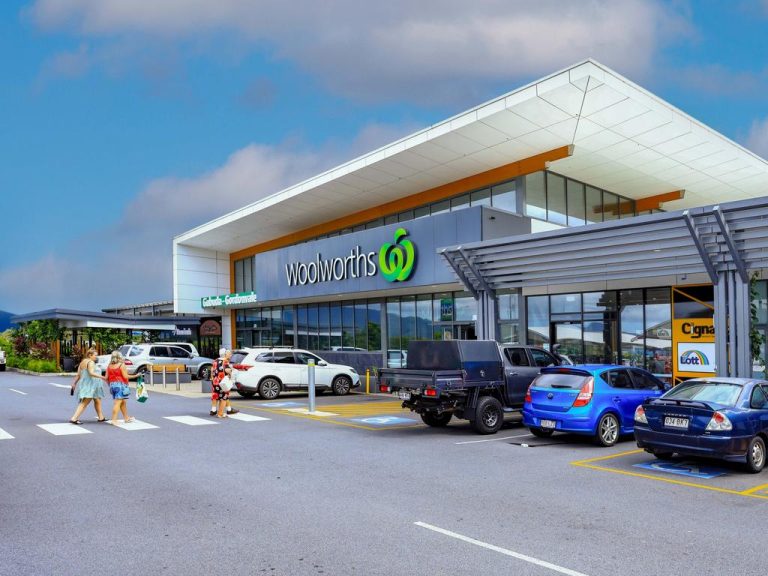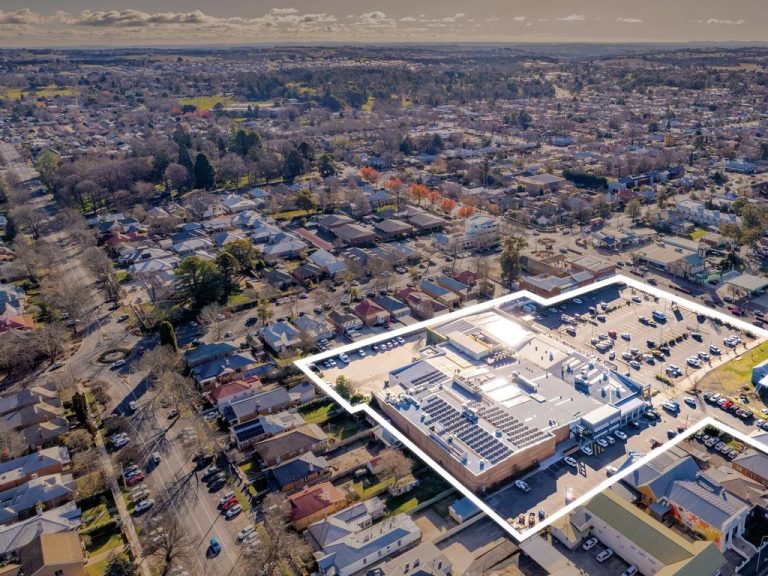No room to move in Melbourne CBD retail scene

Melbourne’s CBD retail leasing market remains as tight as ever, with just 39 vacancies among 1181 shops, according to new data.
Savills research shows vacancy actually rose 0.7% last year, but still sits at just 3.3%, well below the five-year average of 5.2%.
And that’s despite almost 50 new shops opening their doors over the last 12 months, most of which are in the new St Collins Lane precinct, which will welcome UK retail giant Debenhams’ first Australian flagship store in September.
Commercial Insights: Subscribe to receive the latest news and updates
The new research comes amid a mostly positive outlook for the city’s retail trade, which grew by 4.12% last year.
Savills Associate Director of Research and Consultancy, Monica Mondkar, says the influx of big-name foreign tenants and other major brands is having a telling impact on Melbourne’s CBD retail popularity.
L’Agent, Kooples and Zadig & Voltaire have all opened at St Collins Lane, while Sandro and Maje, Folli Follie and REISS, Coach, TAG Heuer and Furla are among other stores to have joined the rush.
When you consider that the dominant CBD retail sectors are hospitality, food, and service sector related, it’s clear that population growth factors have been the key driver of CBD retail
“The number of new and refurbished retail precincts and the continuation of the influx of high profile global brands has no doubt accounted for a significant part of the increase in spending, attracting thousands of new shoppers to the CBD,” Mondkar says.
“With the resident population alone expected to grow by 14% by 2020 we are going to see the vacancy rate remain low over the medium term.”
Recent Savills leasing deals include Foot Locker leasing a prime 600sqm Bourke St Mall space, Michael Hill Jewellers leased 69sqm on the corner of Bourke and Swanston streets, Viva Hair leasing 142sqm at 147-149 Russell St, Connect Hearing leasing 124sqm at Centrepoint and Sushi Hub opening another CBD store at 26 Elizabeth St.
Mondkar says Melbourne’s population growth is the driving force behind the CBD’s continued retail leasing performance.
“There has been an apartment boom in Melbourne over several years, which has significantly increased CBD and environs residential populations, while latterly a stronger office leasing market has also increased white collar employment and hence worker population, and of course a resurgence in student numbers has also been important,” she says.
“When you consider that the dominant CBD retail sectors are hospitality, food, and service sector related, it’s clear that population growth factors have been the key driver of CBD retail.”







